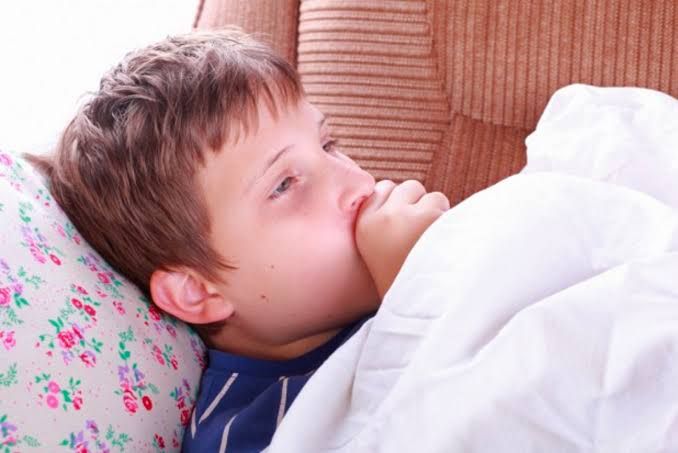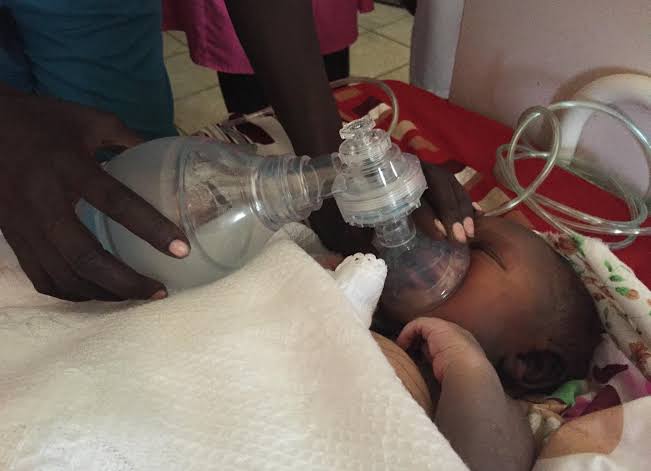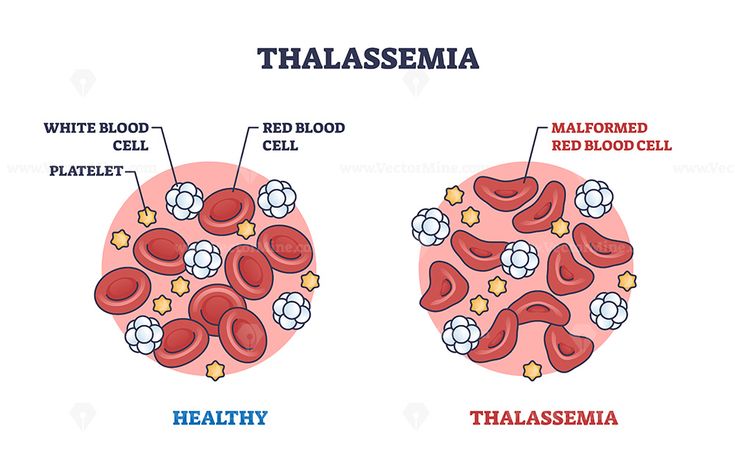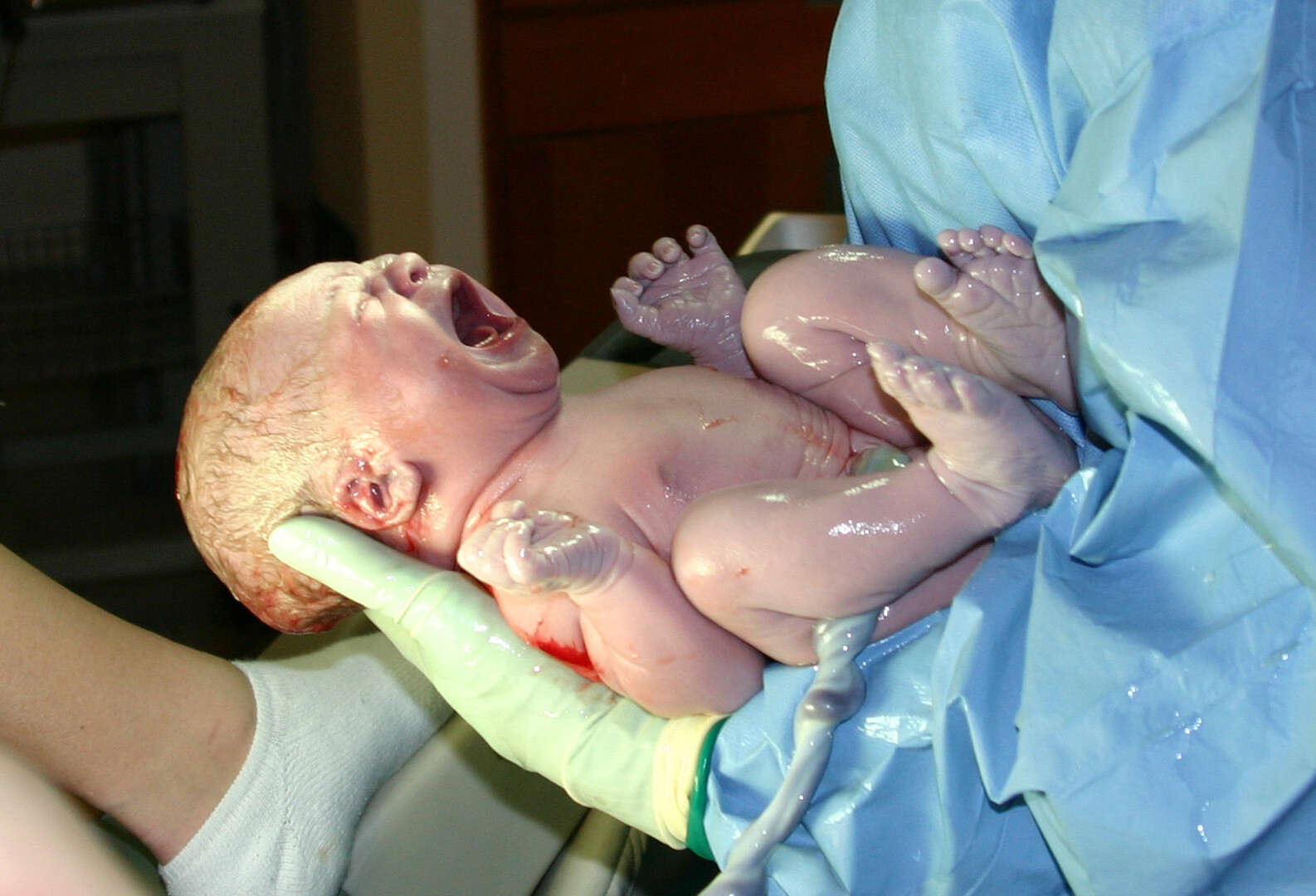
Different Presentations of Upper Respiratory Tract Infections in Children
Upper respiratory tract infections (URIs) are among the most common illnesses affecting children. They can present with a variety of symptoms and manifestations, which can vary based on factors such as age, underlying health conditions, and the specific viral or bacterial pathogens involved.
1. Overview of Upper Respiratory Tract Infections
URIs primarily involve the nasal passages, throat, and sinuses. The most frequent causes of URIs in children include viruses such as rhinoviruses, adenoviruses, and respiratory syncytial virus (RSV), although bacteria like Streptococcus pneumoniae can also be responsible for some cases.
2. Common Symptoms
The symptoms of URIs in children typically include:
- Nasal Congestion: This is often one of the first signs of a URI. Children may exhibit difficulty breathing through their noses due to swelling and mucus production.
- Cough: A cough may develop as a reflex to clear mucus from the throat or lungs. It can be dry or productive (with phlegm).
- Sore Throat: Inflammation in the throat can lead to pain, especially when swallowing.
- Fever: Many children with URIs will experience a mild fever, although high fevers are more commonly associated with bacterial infections.
- Fatigue and Irritability: General malaise is common; younger children may become more irritable than usual.
3. Age-Specific Presentations
Children’s presentations of URIs can differ significantly by age:
- Infants and Toddlers: In this age group, symptoms may include irritability, decreased appetite, and difficulty sleeping due to nasal congestion. Infants may also exhibit signs of respiratory distress if they have significant nasal blockage.
- Preschoolers: Symptoms often resemble those seen in older children but may include more pronounced behavioral changes due to discomfort.
- School-Aged Children: Older children might report more specific symptoms like sore throat or headache and are better able to communicate their discomfort.
4. Complications Associated with URIs
While most URIs are self-limiting, complications can arise:
- Otitis Media (Ear Infection): This is particularly common following a URI due to fluid accumulation in the middle ear.
- Sinusitis: Prolonged nasal congestion can lead to sinus infections.
- Bronchitis or Pneumonia: Although less common, severe cases can progress to lower respiratory tract infections.
5. Diagnosis
Diagnosis is primarily clinical based on history and physical examination. Healthcare providers assess symptom duration and severity while considering any potential complications that might require further investigation or treatment.
6. Management Strategies
Management focuses on symptomatic relief since most URIs are viral:
- Hydration: Ensuring adequate fluid intake helps thin mucus secretions.
- Rest: Encouraging rest aids recovery.
- Over-the-Counter Medications: Analgesics like acetaminophen or ibuprofen can help alleviate fever and discomfort; however, cough suppressants should be used cautiously in young children.
7. Prevention Strategies
Preventive measures include promoting good hygiene practices such as handwashing and avoiding close contact with sick individuals. Vaccination against influenza is also recommended for eligible populations to reduce URI incidence during flu season.
In summary, upper respiratory tract infections in children present with a range of symptoms that vary by age group and individual health status. While most cases resolve without intervention, awareness of potential complications is crucial for timely management.
Common Upper Respiratory Tract Infections in Children
Upper respiratory tract infections (URIs) are prevalent among children and primarily affect the nose and throat. The most common types of upper respiratory tract infections in children include:
- Common Cold:
- The common cold is primarily caused by rhinoviruses, which are responsible for a significant number of URI cases. Symptoms typically include a runny or stuffy nose, sneezing, cough, and sore throat. Colds usually develop gradually and can last from 3 to 14 days.
- Influenza (Flu):
- Influenza is caused by influenza viruses and can lead to more severe symptoms compared to the common cold. Symptoms may include high fever (often between 101°F to 104°F), body aches, fatigue, cough, sore throat, and sometimes gastrointestinal symptoms like nausea or vomiting. Influenza tends to occur during annual winter epidemics.
- Parainfluenza Virus Infection:
- Parainfluenza viruses are another cause of upper respiratory infections in children. They can lead to croup, characterized by a barking cough and stridor (a high-pitched wheezing sound). These infections can also present with typical cold symptoms.
- Respiratory Syncytial Virus (RSV):
- While RSV is often associated with lower respiratory tract infections such as bronchiolitis, it can also cause upper respiratory symptoms similar to those of the common cold in older children.
- Adenovirus Infection:
- Adenoviruses can cause a range of illnesses including colds, conjunctivitis, and gastroenteritis. Symptoms may include sore throat, fever, and runny nose.
- Enterovirus Infection:
- Enteroviruses can lead to mild respiratory illness along with other systemic symptoms such as fever or rash. They are more common in late summer and early fall.
- Coronaviruses:
- Certain strains of coronaviruses can cause upper respiratory infections that resemble the common cold.
These viral infections spread easily among children due to close contact in settings like schools and daycare centers where hygiene practices may be less stringent than in adults.
In summary, the most common upper respiratory tract infections in children include the common cold, influenza, parainfluenza virus infection, respiratory syncytial virus (RSV), adenovirus infection, enterovirus infection, and certain strains of coronaviruses.







